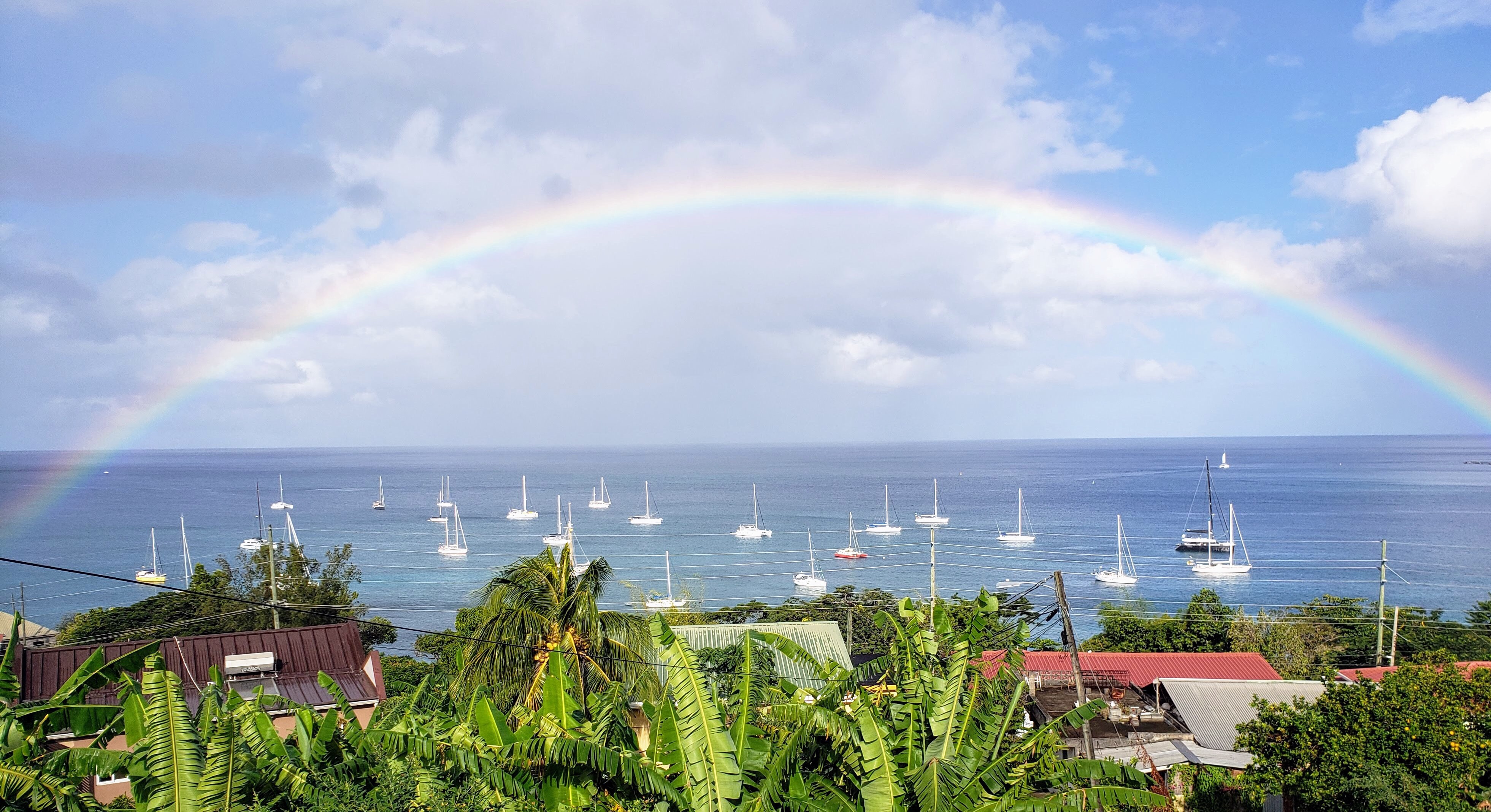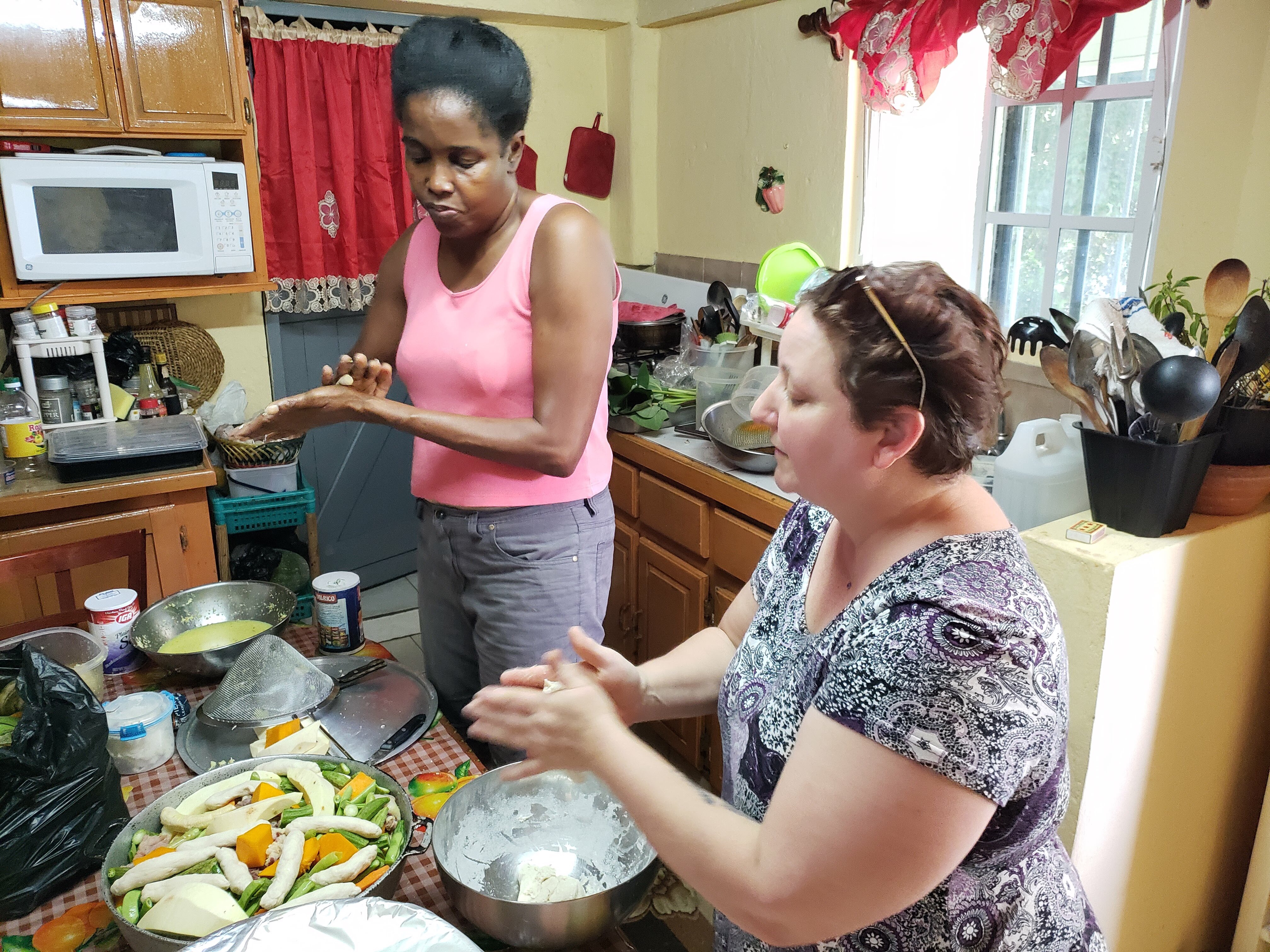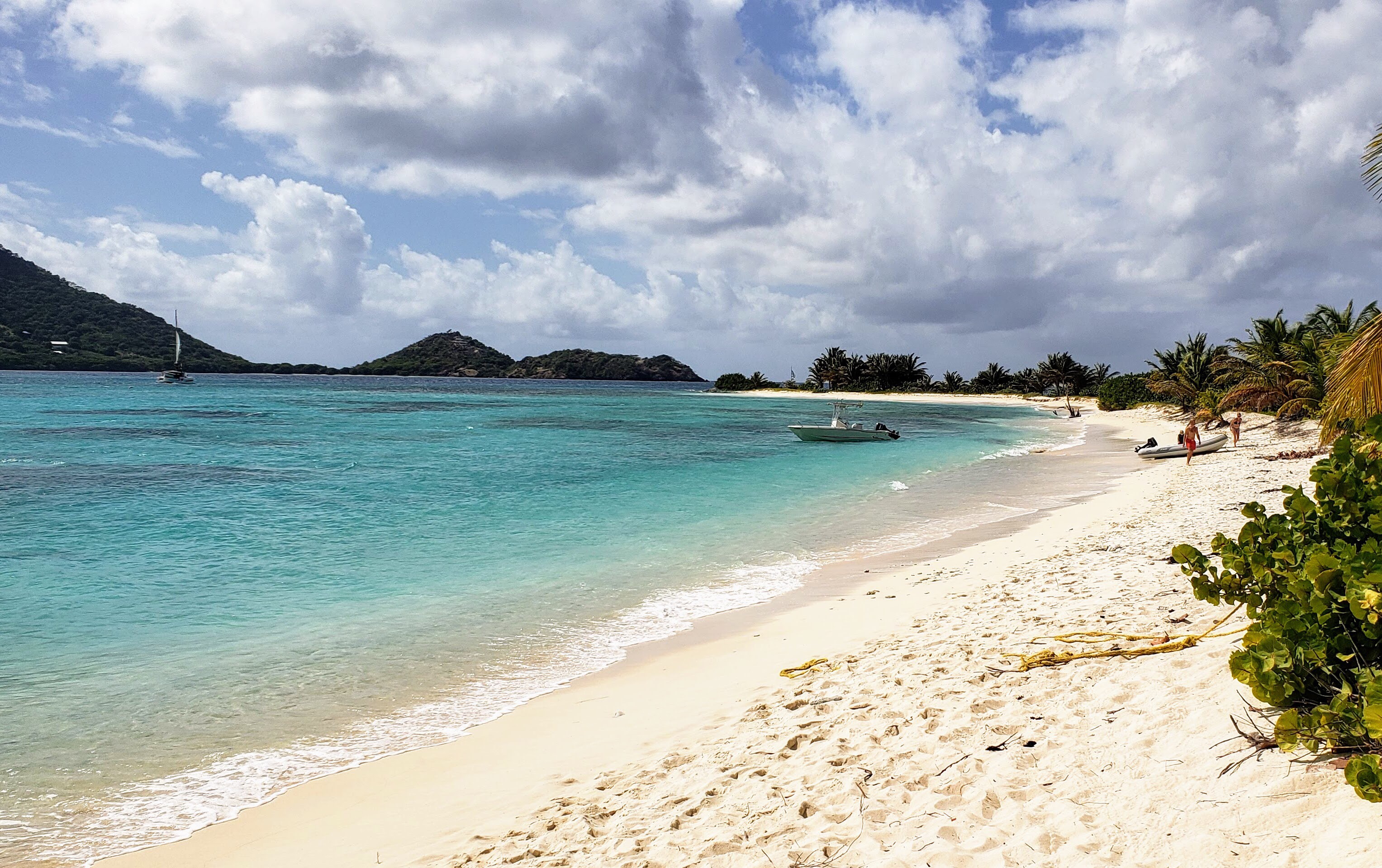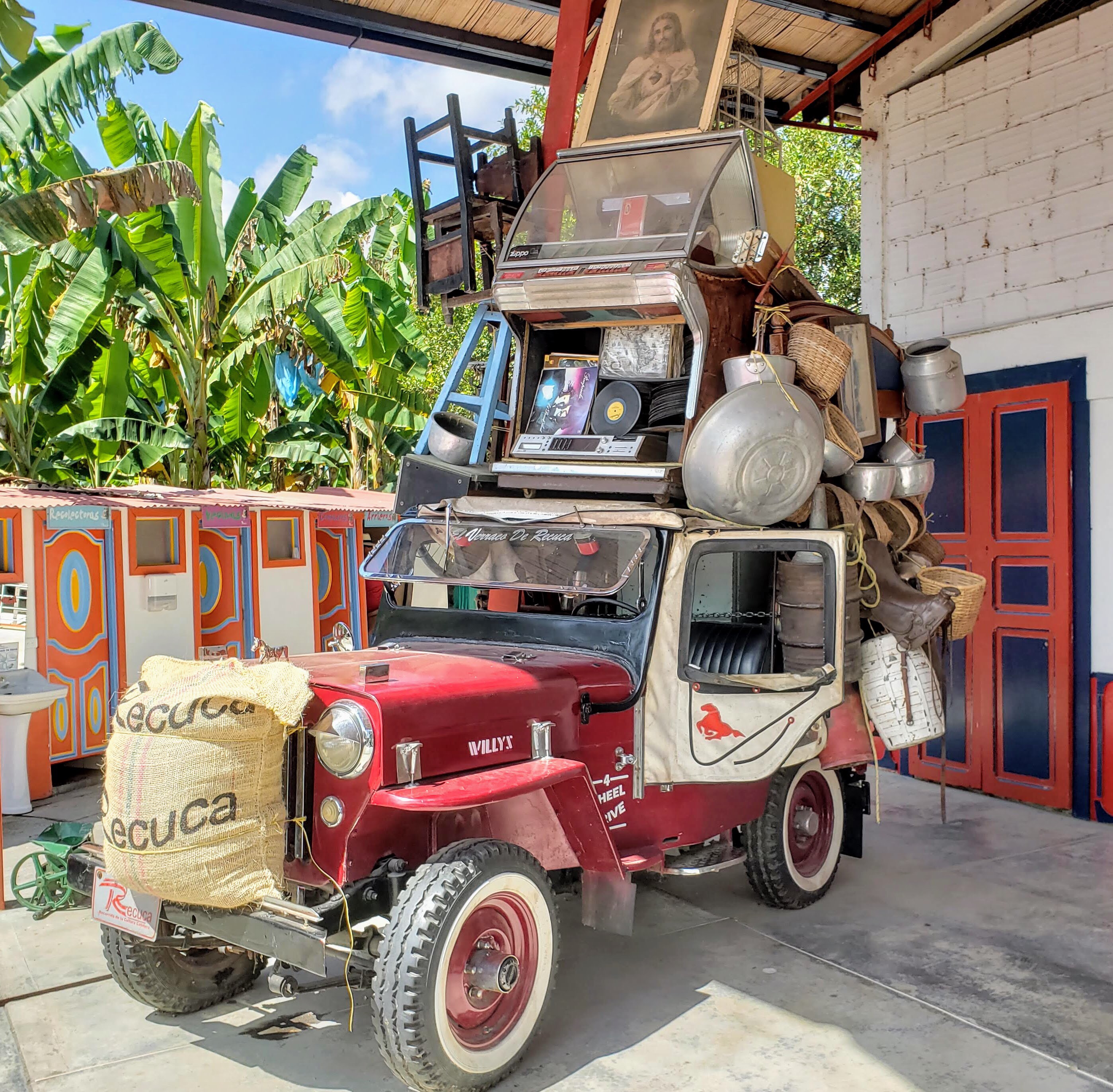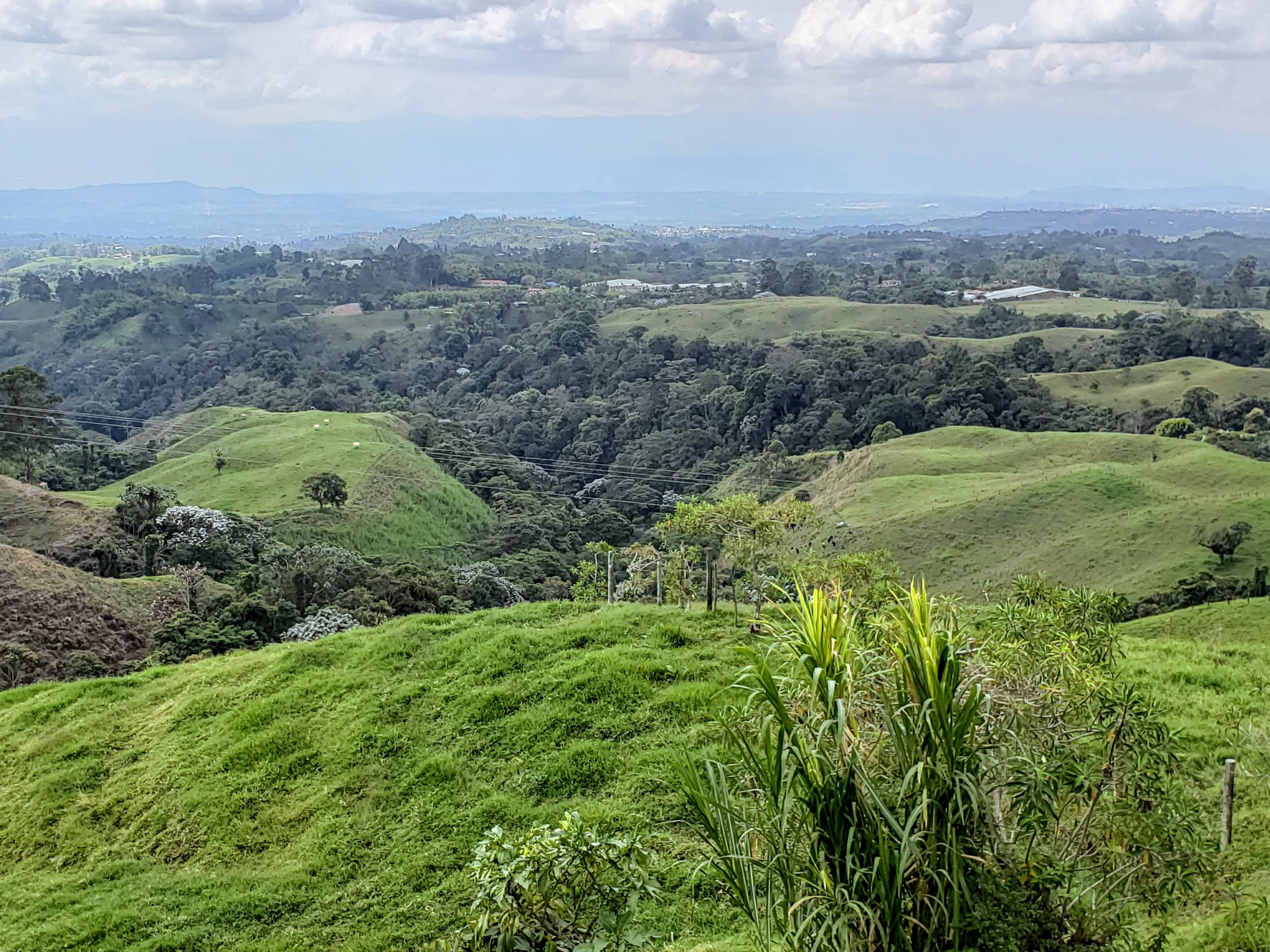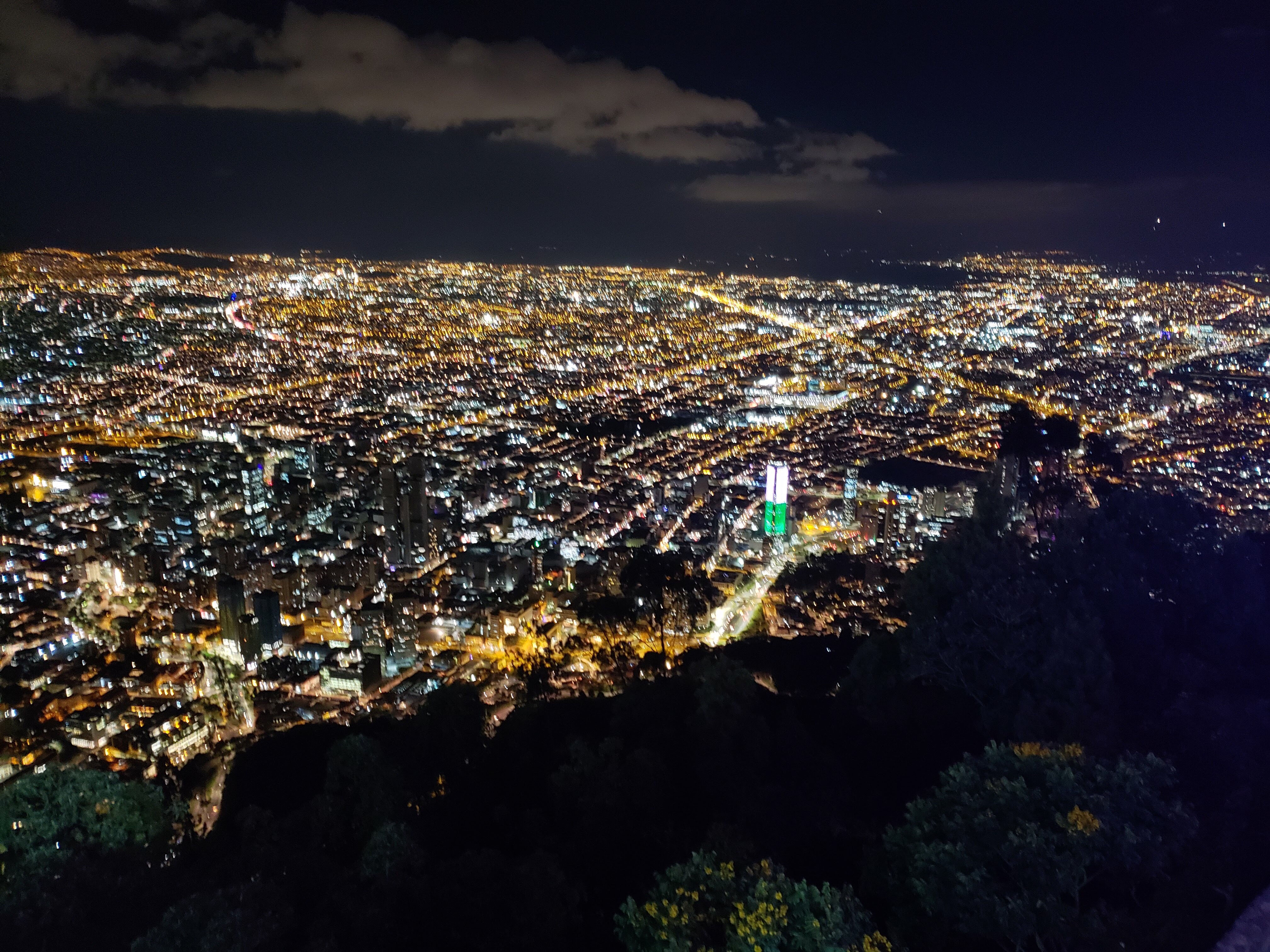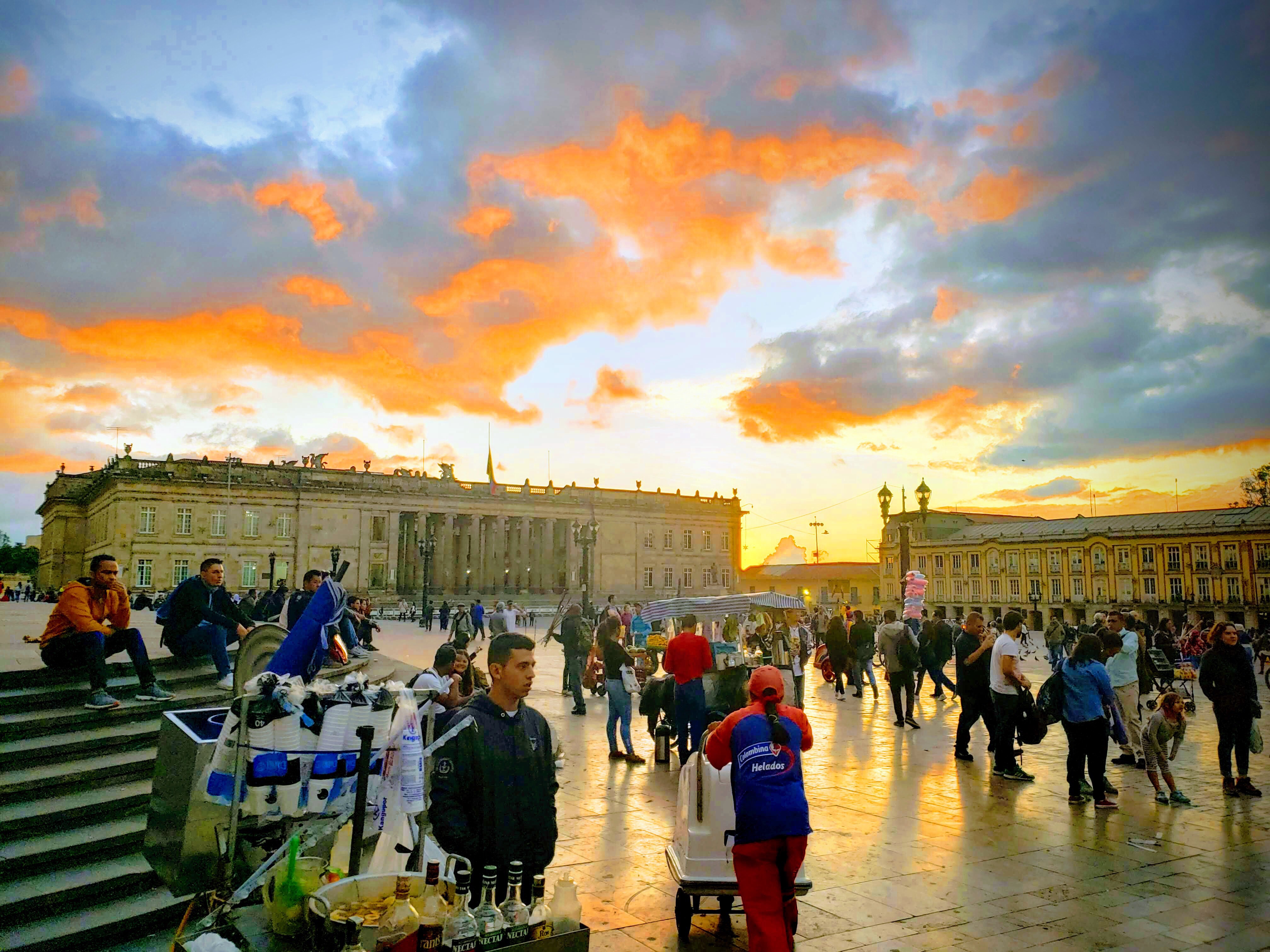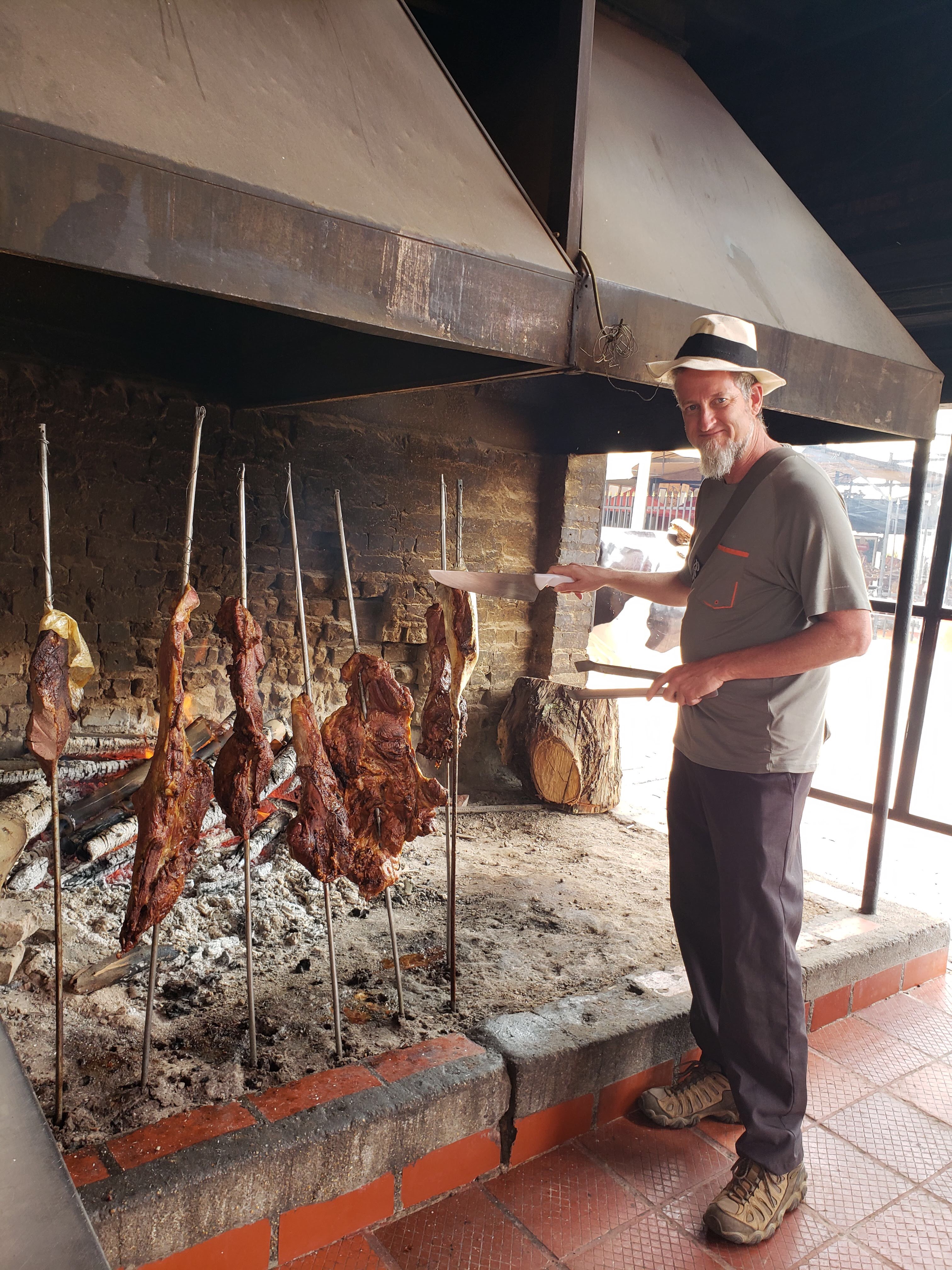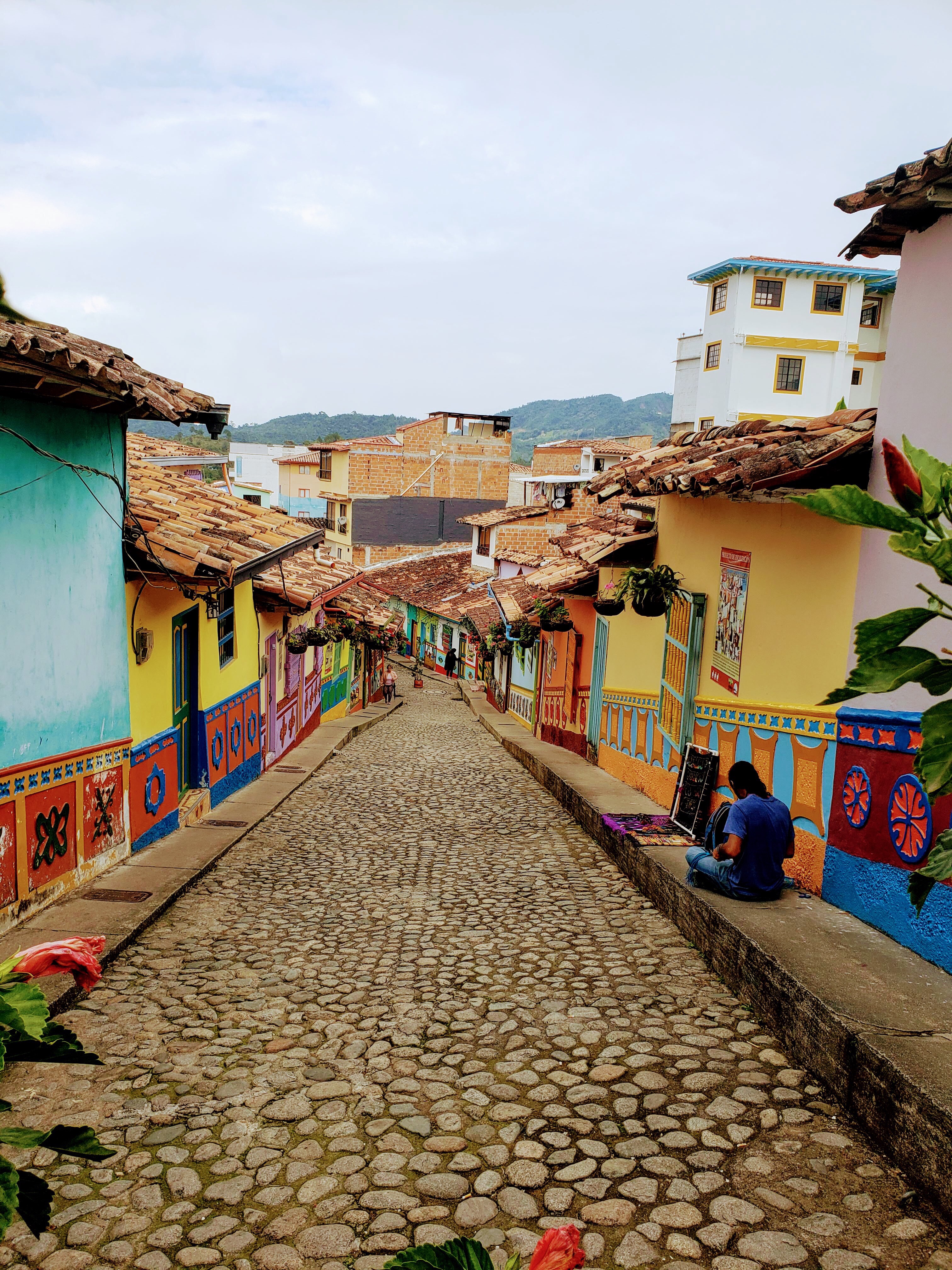This is my first travel blog since April, so I need to get back in writing mode. We’ve done a number of short trips within the US since my last update, and also drove the new camper van to New Orleans, stopping at a number of places, including the Grand Canyon, along the way. But since we have now left the USA again it is time to start doing blog entries again.
It was much harder than expected to re-adjust to the heat and humidity on the island of Grenada. Its only been 82-85F, but it feels much hotter than that in the sun. The other thing that took a bit of getting used to was the constant noise from the neighborhood roosters and dogs. The roosters go non-stop 3am to 6pm, and there was a large chicken coop about 10ft from the bedroom window.
The first week we stayed with our great friends from San Francisco and their twin 11 year old girls. One of them grew up in Grenada and is still in touch with 20 or so cousins and old family friends. The second week they went back to San Francisco and we had the house to ourselves. Well, not quite to ourselves, as Georgy, the caretaker of the house, came by most every day from 4-7pm to check in on us and wait for a ride up the hill to his house.
The house is in a great location! It’s about 150ft off the main road, where buses (privately owned Toyota mini-vans) go by every few minutes. It’s a 5 minute walk to a great little beach where I went for a swim every morning at 8am. It’s also a 20 min walk to the main tourist beach, which is really nice when not swarmed with cruise ship tourists.
We spent most of our time reading books and staring out over the sea, watching the boats come and go. There were a number of really beautiful boats anchored in our bay while we were here.
We took the twins on their first snorkeling trip to an underwater sculpture garden. Unfortunately the conditions were not great: fairly choppy and the water was not very clear. But I think the girls liked it anyway, and the underwater sculptures were bueatiful in a creepy sort of way. (Photo)
We loved the local food (and rum). We got to help make “oil down“, the national dish, at one of the cousins house on New Years Day.
I took a boat to nearby Carriacou island, a small island with 6000 people that is 2 hrs away by boat. From there I went to ‘Sandy Island’, a tiny island with 0 people that had pretty good snorkeling.
The only touristy thing to visit on the island that I found really interesting was the rum distillery, where they have been using the same process since the later 1700s (ie: no electricity, just a big water wheel instead). Check out the photos. Pretty tasty rum too, and strong! (150 proof).
I loved listening to local radio. It’s a really fun and odd mix of 60-70s pop, calypso versions of 60-70s pop, and modern ‘Dancehall‘, mostly from Jamaica I think. Lots of Elvis, Tom Jones, and Neal Diamond in particular. We could also easily hear the music from a New Years Eve party from a club down the road, where the songs leading up to midnight included: Macarena, Dancing Queen, I’ll Take You There, Kung Fu Fighting, Oh What a Night, I’m Coming Up, Thriller, and a reggae version of ‘Bridge Over Troubled Water’. Then midnight till 3am was mostly Dancehall.
We had delicious fresh fruit every day. We got to try ‘soursop’, which everyone on the island says ‘cures cancer’. I’m not sure about that, but its really delicious!
On to Colombia (via Trinidad and Miami) next. Its surprisingly hard to get from Grenada to South America.
The full set of photos are here.
